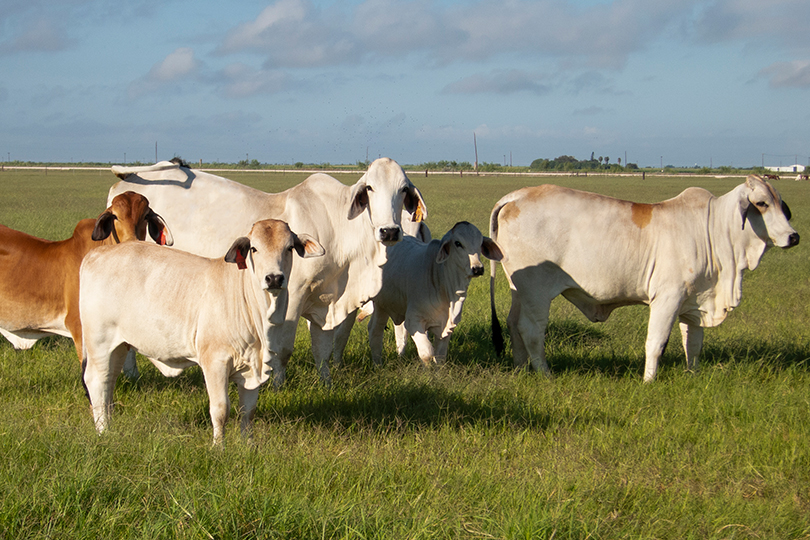By Jennifer Whitlock
Field Editor
Proper grazing management of cattle and other ruminants may help reduce agriculture’s carbon footprint, according to a new research paper published by Texas A&M AgriLife Research Scientist Dr. Richard Teague.
With appropriate regenerative crop and grazing management, ruminants not only reduce overall greenhouse gas emissions but increase soil carbon sequestration and help regenerate environmental quality, Teague and his coauthors wrote in the Soil and Water Conservation Society’s Journal of Soil and Water Conservation.
The work was recently recognized as a Soil and Water Conservation Society Research Paper for Impact and Quality at the organization’s annual conference.
“We went to the society because it represents professionals who know soils, and to have it published and then recognized by them is huge and shows the validity of the work,” Teague said. “I am extremely proud of the work and my fellow contributors at Texas A&M and around the country. And I believe it to be a good example for how science can present solutions to serious issues related to agricultural production.”
Grassland ecosystems and herbivores evolved to work synergistically.
Permanent perennial grasslands, such as those found in native prairies, are improved by appropriate grazing through increased rainfall retention, soil fertility and improved soil carbon content. Teague noted through grazing, more carbon dioxide equivalents are sequestered than emitted by the cattle, creating a positive net effect.
And as many ranchers know, proper rotational grazing increases forage production, allowing more livestock to graze and providing better profits than traditional grazing methods.
Improving biodiversity and wildlife habitat are other benefits to proper stocking rates and grazing management.
“In non-cropping and cropping areas, grazing ruminants in a manner that enhances soil health reduces the carbon footprint of agriculture much more than by reducing ruminant numbers and provides highly nutritious food that has sustained pastoral livelihoods and cultures for centuries,” he said.
It’s important that agriculture take a scientific and proactive approach to discussions about the sustainability and ecological benefits of livestock production.
“When we’re talking about science, we need to look at the full spectrum of what is happening, weigh the positives and negatives of our options and be honest about the outcomes,” Teague said. “Then, we seek the most sustainable solution.”

